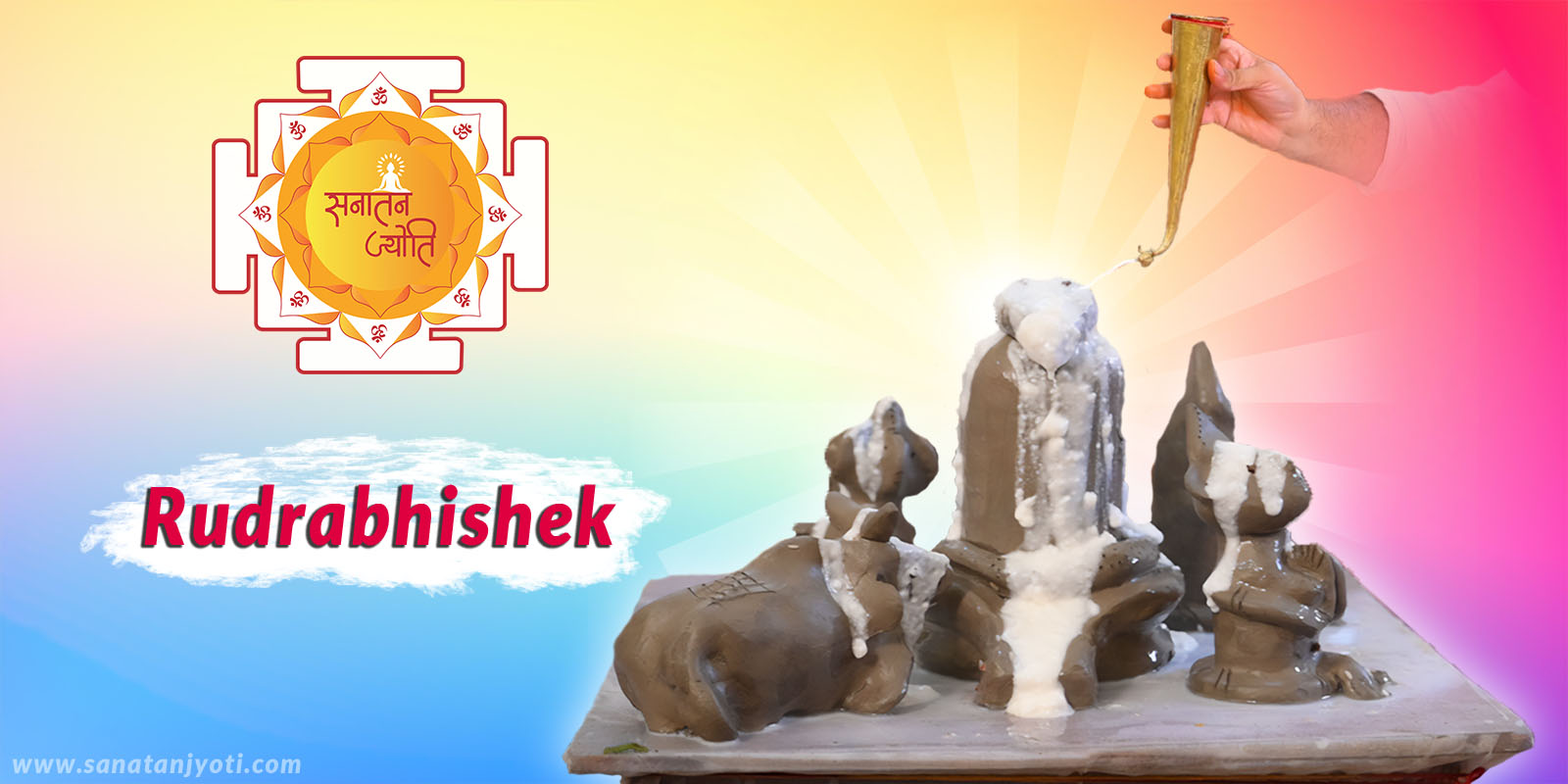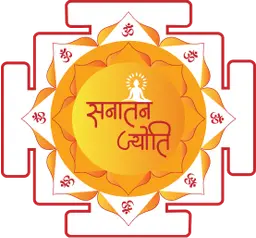
Rudrabhishek
What is Rudrabhishek?
Rudrabhishek means the ceremonial bathing (Abhishek) of Lord Rudra, i.e., Lord Shiva. The word Abhishek signifies "ritual bathing." On Earth, Lord Shiva is worshipped in the form of a Shivlinga, and performing ritual offerings or bathing of the Shivlinga with various sacred substances such as water, milk, Panchamrit, sugarcane juice, coconut water, and Ganga water is known as Rudrabhishek. The terms Shiva and Rudra are synonymous with Brahman (the Supreme Consciousness). Lord Shiva is called Rudra because he eliminates sorrow—“Rutam” means sorrow, and “Dravayati” means to destroy; thus, Rudra is “the one who completely destroys sorrow.”
Why is Rudrabhishek considered a special worship?
By performing Rudrabhishek, a person attains their desired results. That is, whatever goal or wish a person has in mind while performing the Rudrabhishek—even if it is rare or difficult to attain—can be fulfilled with ease.
In the Vayu Purana, the greatness of Rudrabhishek is described to such an extent that it states: the merit obtained from a single recitation of Rudrabhishek far exceeds the merit of donating an entire, prosperous Earth filled with wealth and grains.
Through the chanting (japa), recitation (patha), and ceremonial bathing (abhishek) involved in Rudrabhishek, a person is blessed in this very life with devotion to God, peace, the blessing of children, abundance of wealth and grains, and excellent health. Furthermore, after death, they attain a noble afterlife and ultimate liberation (Param Moksha).
Which idols are created during Rudrabhishek?
In Rudrabhishek, idols of the Shiva family are created. First, an idol of Lord Ganesha is made. After that, idols of Goddess Parvati, Lord Kartikeya, Nandi, and the serpent, along with the Shivlinga, are prepared.
The three types of Rudrabhishek are as follows:
Laghu Rudrabhishek, Ati Rudrabhishek, and Maha Rudrabhishek differ in the number of recitations and the scale of the ritual.
Laghu Rudrabhishek: When a priest performs 11 recitations of the Ekadashini Rudri, it is known as the Laghu Rudra Anushthan.
Maha Rudrabhishek: When a priest performs 121 recitations of the Ekadashini Rudri (i.e., 11 Laghu Rudras), it is called the Maha Rudra Anushthan.
Ati Rudrabhishek: When a priest performs 1,331 recitations of the Ekadashini Rudri (i.e., 11 Maha Rudras), it is known as the Ati Rudra Anushthan.
Rudrabhishek
Discover the meaning, process, benefits, and materials of Rudrabhishek Puja. Learn how this sacred ritual brings peace, prosperity, and liberation.
Price : INR 5100/-
By continuing with the payment, you accept and agree to our Anushthan Policy.
50+ Types of Puja
Contact Us
'Sanatan Jyoti' is dedicated to the welfare of humans and all living beings. To connect with us or for more information, please email us or fill out the form – your message will be responded to promptly.

